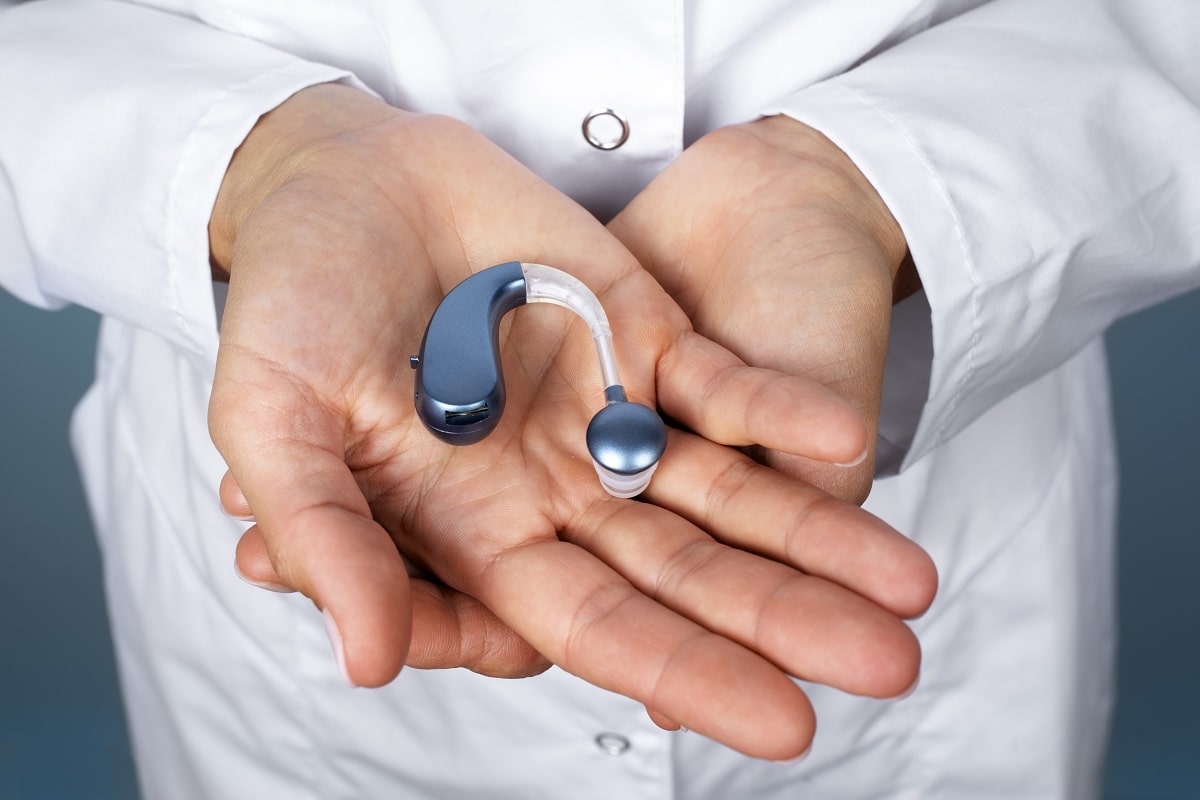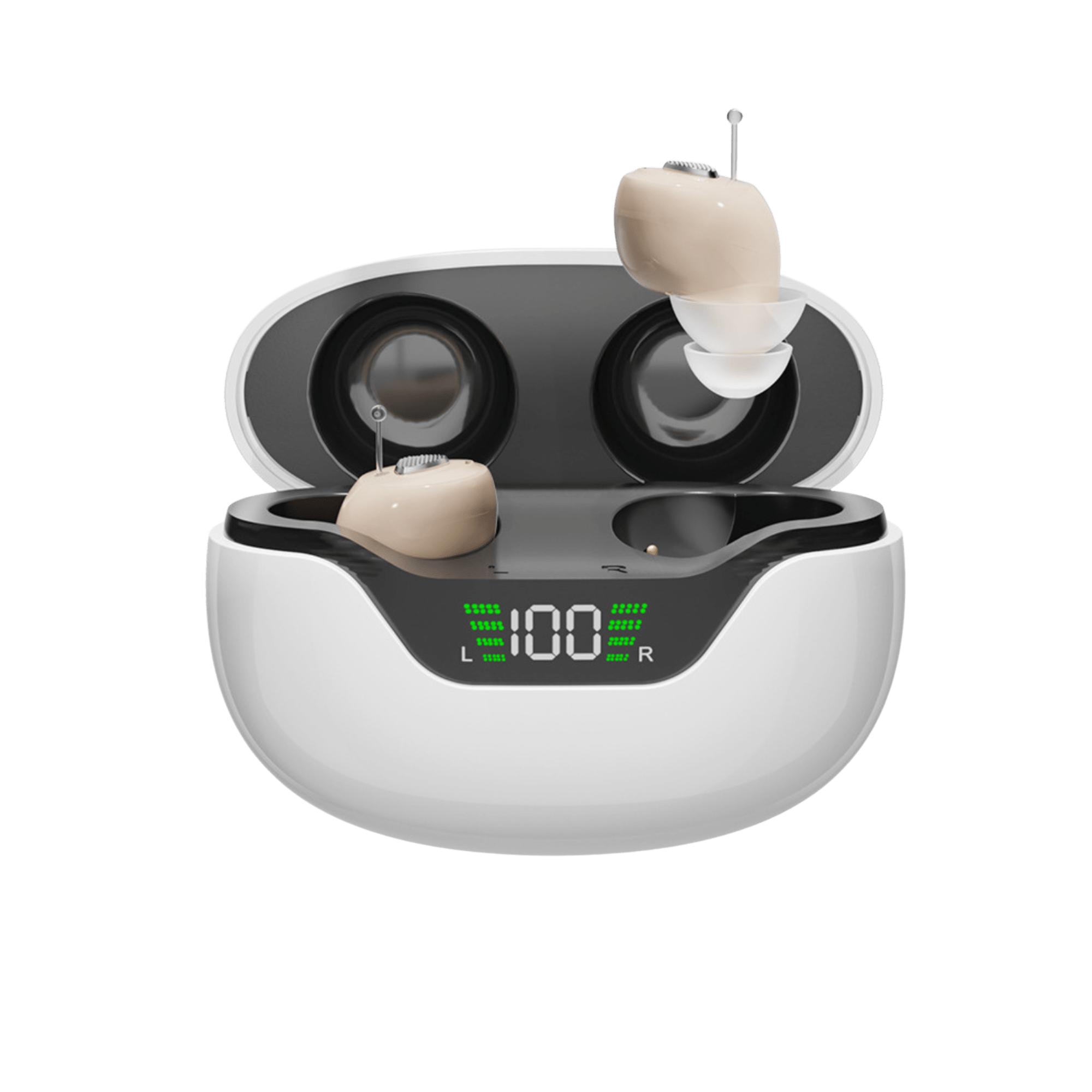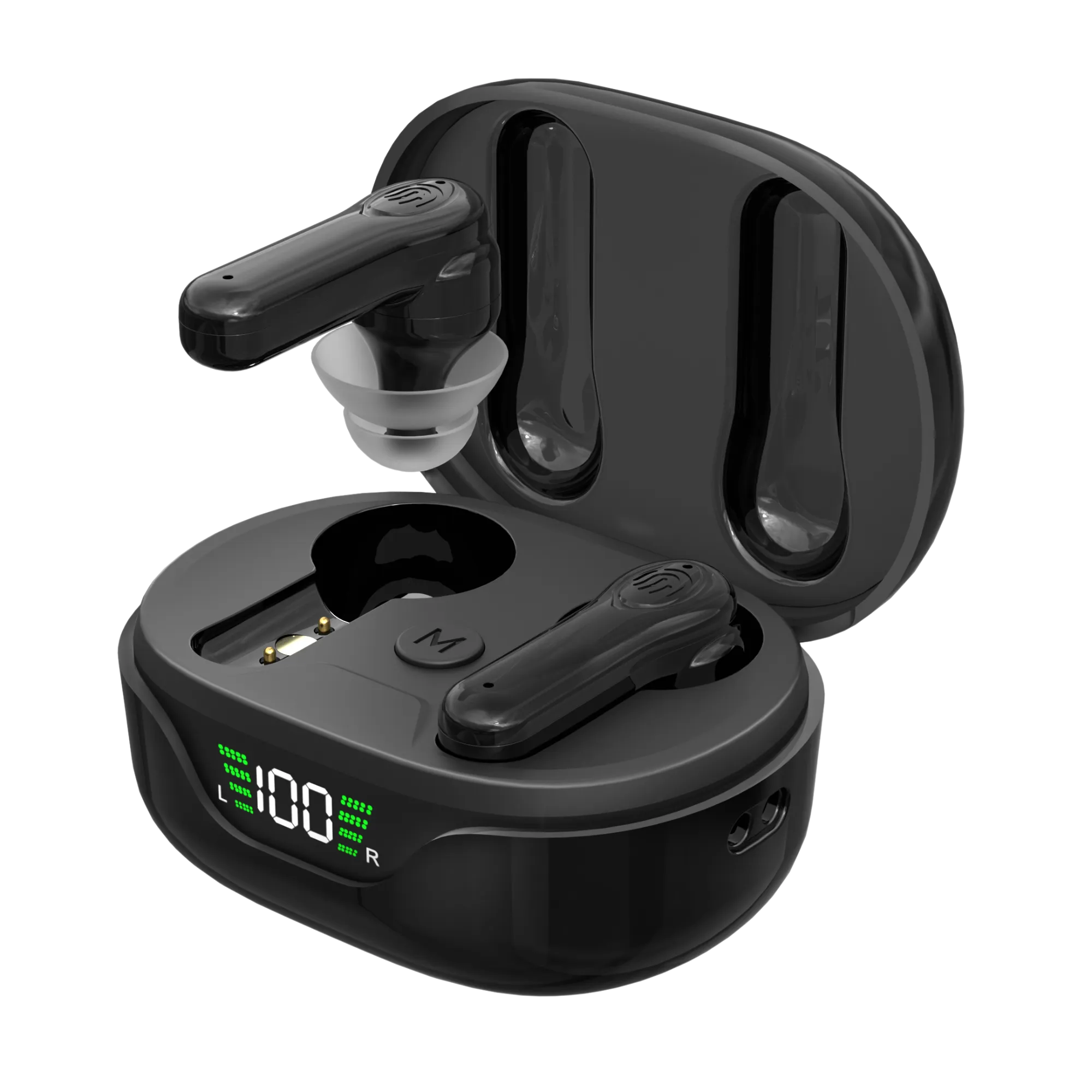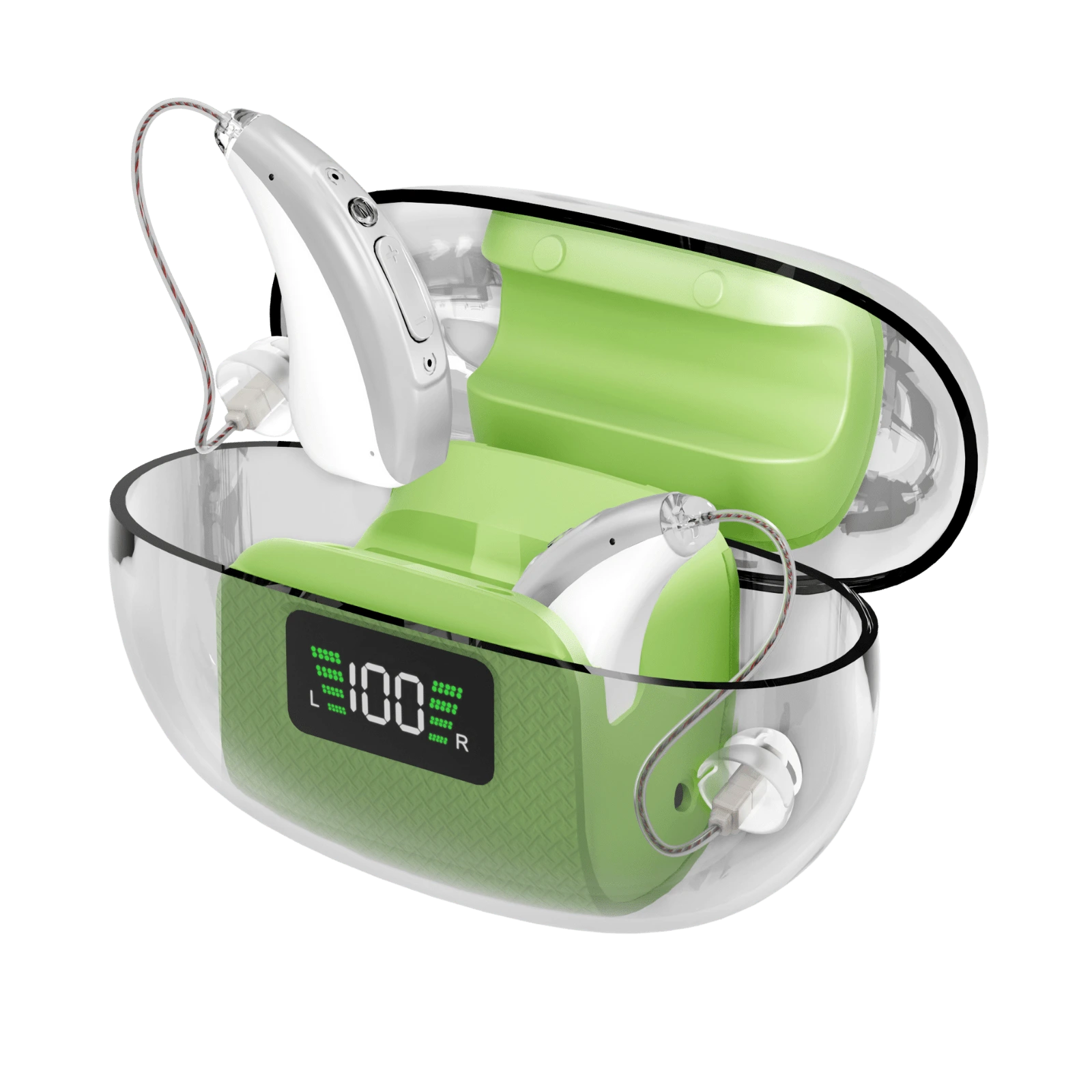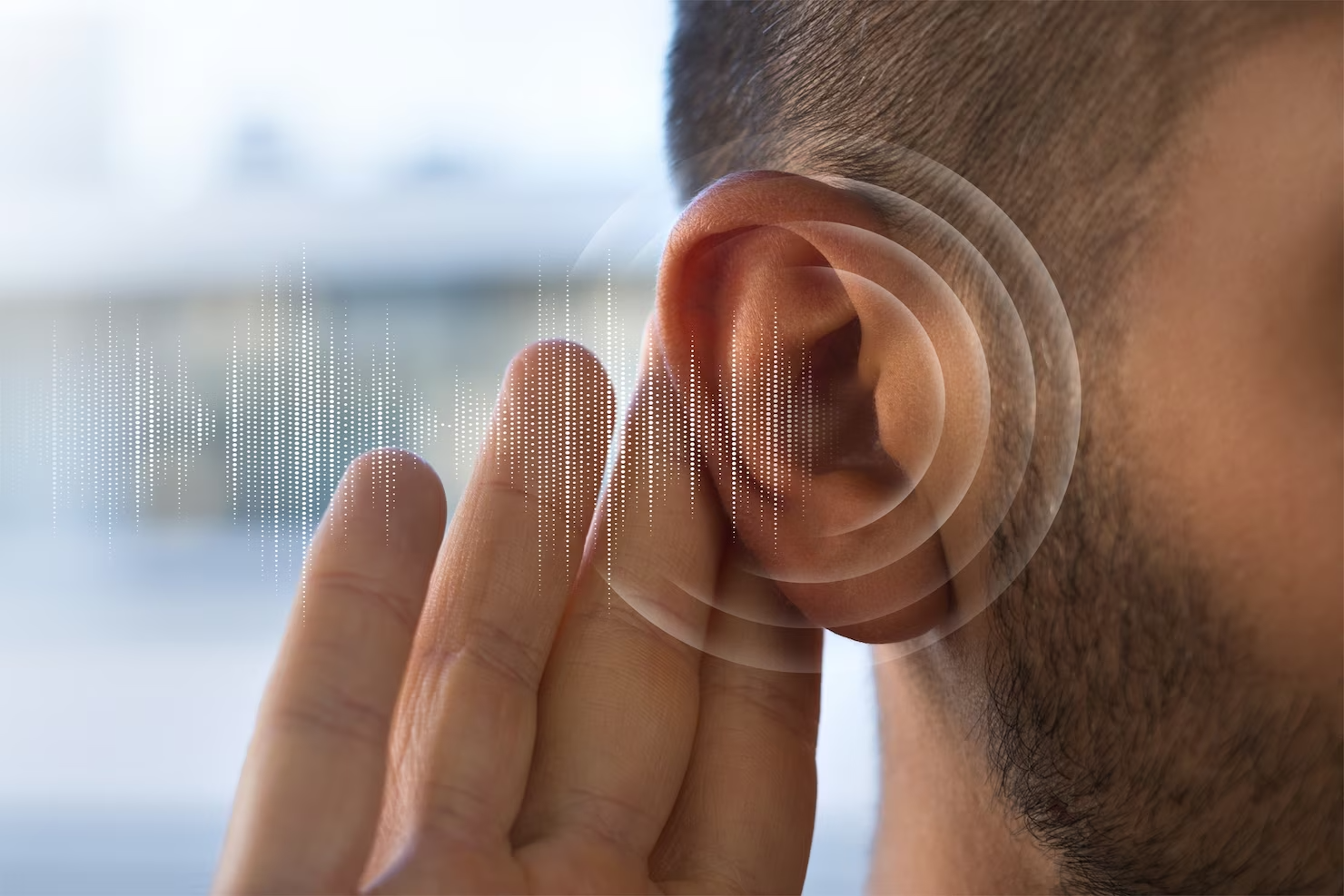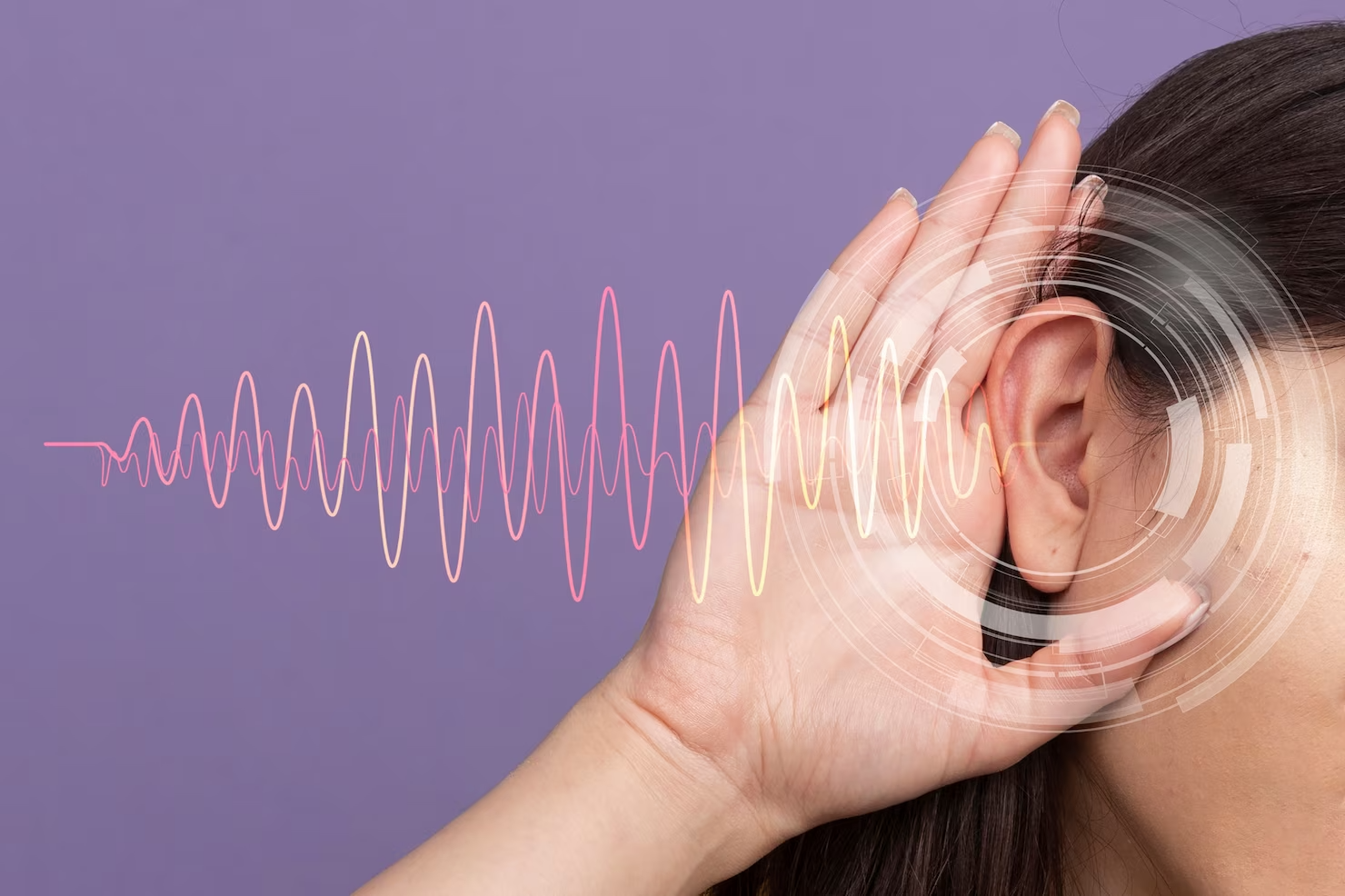How and where to clean your hearing aids to keep the sound clear
Hearing aids are important tools that help people who have trouble hearing hear sounds again. But like any other piece of technology, they need regular upkeep, which includes cleaning, to work at their best. "Where should I clean my hearing aids?" might sound like an easy question, but where you clean them can make a big difference in how safe and well they are cleaned. This guide will help you learn the best ways and places to clean your hearing aids so that they last as long as possible and work as well as possible.
Why should hearing aids be cleaned?
You can't say enough about how important it is to clean hearing aids. Regular cleaning keeps earwax, dust, and other particles from building up, which can block sound or even damage your device. It also keeps you from getting sick by getting rid of bacteria that can grow on the gadget. If you clean your hearing aids regularly, they will work better and last longer.
Where to Get Hearing Aids Cleaned
It's important to clean your hearing aids in the right place. Here are a few important things to think about:
1. A Clean, Flat Surface: Clean your hearing aids on a clean, flat surface so you don't lose small parts or damage them. The flat surface keeps the hearing aids from falling off, and the clean surface keeps the hearing aids from getting any more dirt or dust on them.
2. Good Lighting: When you clean your hearing aids, you need good lighting so you can see all the small bits clearly. This is important for cleaning well and keeping things from getting broken.
3. Soft Cloth or Towel: While cleaning, put a soft cloth or towel under the hearing aid. This not only keeps the area clean, but also protects the device from hard surfaces and can keep it from bouncing away if it falls.
4. Keep them away from pets and kids: When you clean your hearing aids, put them somewhere that pets and kids can't get to. Small parts can be a choking danger, and pets or children could damage the devices.
5. Stay away from water and heat. Water can damage hearing aids, so don't clean them near sinks or open water containers. Also, stay away from places that are too hot or get too much direct sunlight, since heat can hurt hearing aids.
Cleaning Hearing Aids
How to clean hearing aids depends on what kind they are, but here are some general rules:
1. Clean the hearing aids every day with a dry, soft cloth to wipe down the outside. Do not use water, cleaning fluids, or alcohol, as these can hurt the devices.
2. Cleaning Tools: Use the tools your hearing care professional gives you, like a wax pick or brush, to gently remove earwax or other waste from the earmold and other parts of the hearing aids.
3. Clean the microphone. The microphone opening is usually on the outside of the hearing aid, and it needs to be cleaned carefully so wax or dirt doesn't get inside.
4. Clean the part that goes in your ear, called the "receiver." Use a soft brush or pick to remove wax buildup in a gentle way.
5. Replace Wax Filters: If your hearing aid has a wax filter, check it often and replace it if it gets clogged with wax.
Professional Cleaning: Along with cleaning them at home, you should take your hearing aids to a professional every 6 to 12 months for a full cleaning.
Conclusion
Cleaning your hearing aids is an important part of keeping them in good shape, and where you do it makes a big difference. Remember that the best place to clean hearing aids is in a clean, well-lit, and safe area. Your devices will last longer and sound better if you clean them regularly and carefully. This will help you stay in touch with what's going on in the world around you.
Note: This article is meant to teach, not to replace professional advice. Always talk to a doctor or an expert on hearing aids about your unique needs.
Hearing aids are important tools that help people who have trouble hearing hear sounds again. But like any other piece of technology, they need regular upkeep, which includes cleaning, to work at their best. "Where should I clean my hearing aids?" might sound like an easy question, but where you clean them can make a big difference in how safe and well they are cleaned. This guide will help you learn the best ways and places to clean your hearing aids so that they last as long as possible and work as well as possible.
Why should hearing aids be cleaned?
You can't say enough about how important it is to clean hearing aids. Regular cleaning keeps earwax, dust, and other particles from building up, which can block sound or even damage your device. It also keeps you from getting sick by getting rid of bacteria that can grow on the gadget. If you clean your hearing aids regularly, they will work better and last longer.
Where to Get Hearing Aids Cleaned
It's important to clean your hearing aids in the right place. Here are a few important things to think about:
1. A Clean, Flat Surface: Clean your hearing aids on a clean, flat surface so you don't lose small parts or damage them. The flat surface keeps the hearing aids from falling off, and the clean surface keeps the hearing aids from getting any more dirt or dust on them.
2. Good Lighting: When you clean your hearing aids, you need good lighting so you can see all the small bits clearly. This is important for cleaning well and keeping things from getting broken.
3. Soft Cloth or Towel: While cleaning, put a soft cloth or towel under the hearing aid. This not only keeps the area clean, but also protects the device from hard surfaces and can keep it from bouncing away if it falls.
4. Keep them away from pets and kids: When you clean your hearing aids, put them somewhere that pets and kids can't get to. Small parts can be a choking danger, and pets or children could damage the devices.
5. Stay away from water and heat. Water can damage hearing aids, so don't clean them near sinks or open water containers. Also, stay away from places that are too hot or get too much direct sunlight, since heat can hurt hearing aids.
Cleaning Hearing Aids
How to clean hearing aids depends on what kind they are, but here are some general rules:
1. Clean the hearing aids every day with a dry, soft cloth to wipe down the outside. Do not use water, cleaning fluids, or alcohol, as these can hurt the devices.
2. Cleaning Tools: Use the tools your hearing care professional gives you, like a wax pick or brush, to gently remove earwax or other waste from the earmold and other parts of the hearing aids.
3. Clean the microphone. The microphone opening is usually on the outside of the hearing aid, and it needs to be cleaned carefully so wax or dirt doesn't get inside.
4. Clean the part that goes in your ear, called the "receiver." Use a soft brush or pick to remove wax buildup in a gentle way.
5. Replace Wax Filters: If your hearing aid has a wax filter, check it often and replace it if it gets clogged with wax.
Professional Cleaning: Along with cleaning them at home, you should take your hearing aids to a professional every 6 to 12 months for a full cleaning.
Conclusion
Cleaning your hearing aids is an important part of keeping them in good shape, and where you do it makes a big difference. Remember that the best place to clean hearing aids is in a clean, well-lit, and safe area. Your devices will last longer and sound better if you clean them regularly and carefully. This will help you stay in touch with what's going on in the world around you.
Note: This article is meant to teach, not to replace professional advice. Always talk to a doctor or an expert on hearing aids about your unique needs.
